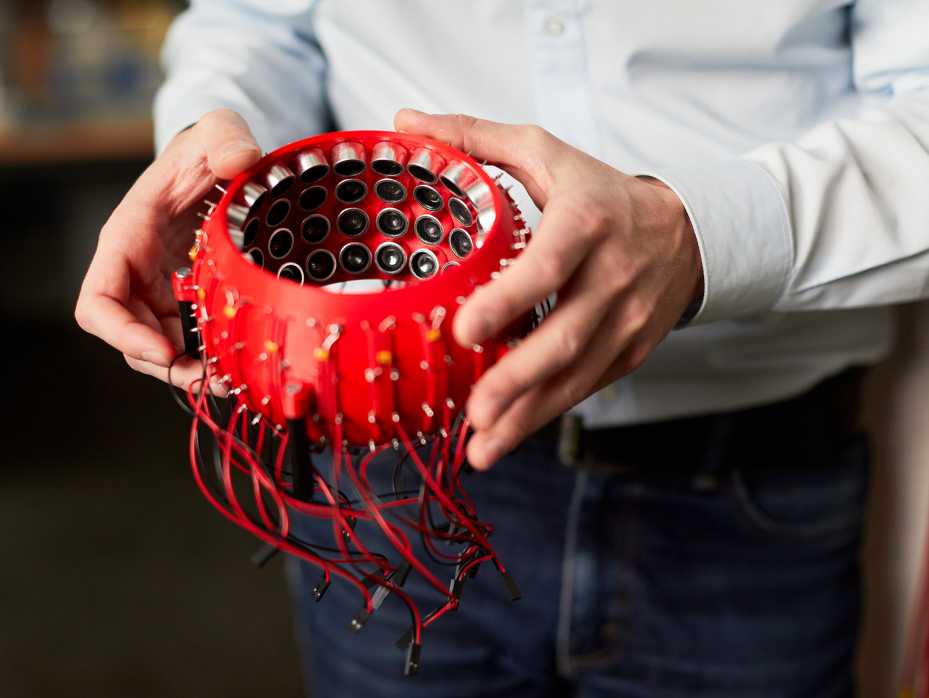New robot Jedi can grab things without touching them
Use The Force, C-3PO — acoustic levitation force

Scientists at ETH Zürich have developed a mechanism for robots to grab things without touching them. It sounds like robots using The Force, but it’s just acoustic levitation, a technology that uses ultrasound to suspend objects in mid-air.
Unlike conventional robotic hands, this new grip-less grip can be used to manipulate fragile objects that need to be grabbed without being touched.
Developed by ETH Zürich Pioneer Fellow Marcel Schuck, the robotic hand has no fingers, tweezers or any other touch element. At the end of the arm, two white hemispheres sit.

While the technology was first demonstrated in the 1940s, it has only experienced significant development in the last century, when scientists started to develop methods to manipulate tiny biological objects like single cells and larger objects.
However, the invention by Schuck is one of the first practical applications that can make it out of the engineering lab and into real applications in environments like surgery rooms, medical laboratories or manufacturing facilities with small pieces that can be easily damaged or contaminated by touch.
According to Schuck, “toothed gearwheels [used in watchmaking] are first coated with lubricant, and then the thickness of this lubricant layer is measured. Even the faintest touch could damage the thin film of lubricant.” So this will be a perfect application. The same applies to semiconductor manipulation in laps. Instead of using hands or robots, this machine will allow for 100% clean, gentle manipulation of fragile silicon.

The advantages of robots that can grab things without touching them goes beyond fragile objects or objects that can’t be contaminated. The software that powers this gripper can grab objects of any shape by analyzing the objects’ 3D contour. In traditional touch robotics, you need grippers that are specially designed to fit the object shape. But in this case, “the acoustic gripper eliminates the need for an extensive set of expensive high-precision grippers” the Swiss technology institute says In fact, with this method, not even the arm needs to move with total precision, as it is the ultra-sonic grip that will do the precise moving.
Sign up to get the BEST of Tom's Guide direct to your inbox.
Get instant access to breaking news, the hottest reviews, great deals and helpful tips.
It sounds like one of those magicks that will never happen, but Schuck believes that the technology will be able to go out of the ETH Zürich labs and into actual production by spring of next year.
Jesus Diaz founded the new Sploid for Gawker Media after seven years working at Gizmodo, where he helmed the lost-in-a-bar iPhone 4 story and wrote old angry man rants, among other things. He's a creative director, screenwriter, and producer at The Magic Sauce, and currently writes for Fast Company and Tom's Guide.

